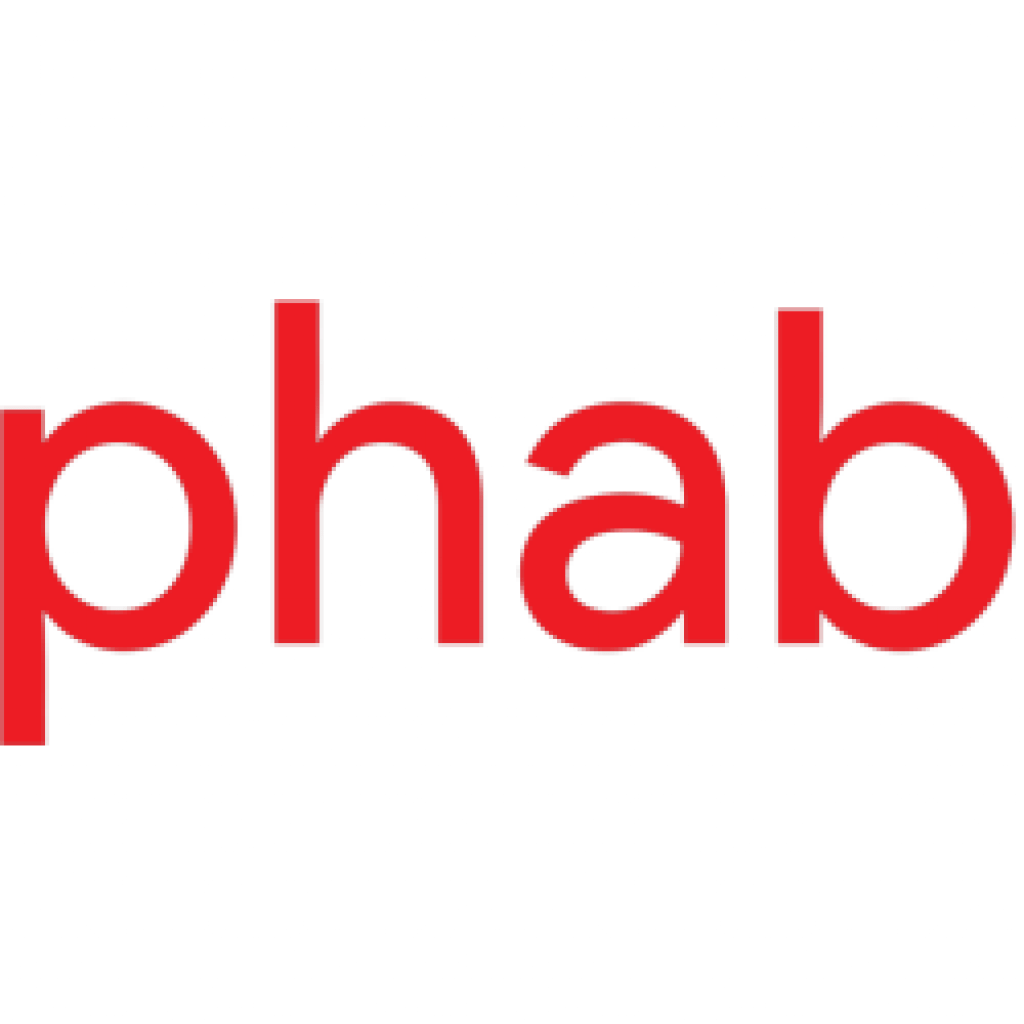(VentureBeat) Sandbox at Alphabet, Google parent company Alphabet’s second, secretive software development team, plans to launch a set of APIs called Floq that will allow developers to use tensor processing units (TPUs) to simulate quantum computing workloads. The announcement, which was made during a February livestream that garnered little mainstream attention, hints at the potential for hardware originally designed for AI applications to extend into the quantum realm.
According to Sandbox at Alphabet research scientist Guillaume Verdon, Floq, which will initially be made available in alpha to 50 teams in the QHack Open Hackathon, will offer a simulator API that leverages the “bleeding edge” of AI compute for experimentation. The Sandbox at Alphabet team repurposed TPUs, chips developed by Google specifically for AI training and inference, to accelerate simulations in the cloud so that developers can use frontends like TensorFlow Quantum and PennyLane to create quantum models and run them remotely on Floq.
Google’s TPUs are liquid-cooled and designed to slot into server racks; deliver up to 100 petaflops of compute; and power Google products like Google Search, Google Photos, Google Translate, Google Assistant, Gmail, and Google Cloud AI APIs.
Floq simulators, dubbed Floq Units, run 10 to 100 times faster than state-of-the-art simulations accelerated by GPUs when compared in terms of runtime. Moreover, by quantum volume — the maximum size of square quantum circuits that can be implemented successfully by a machine — Floq currently exceeds 4 billion and in the future will reach into the trillions.
Floq will complement Cirq, Google’s service that gives developers access to its quantum computing hardware. And it’ll compete with a number of other quantum simulators already available on the market, including a service in IBM’s Quantum Experience suite and simulators from Intel, Amazon, and Microsoft.
Alphabet Repurposing Google’s Tensor Processing Units for Quantum Computing Simulations
